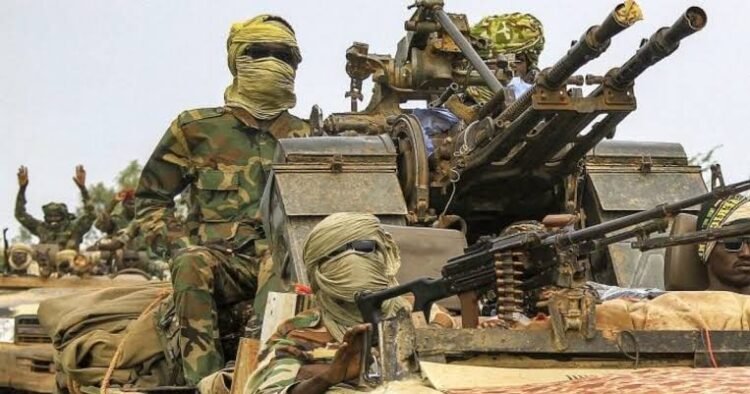In 2025, the debate over military strength in Africa continues to evolve as nations balance manpower, strategy, geography, and modernization. While Global Firepower data provides a numerical overview, the real story lies in how each country wields its capabilities. Here is a continent-wide look at the major players shaping Africa’s defence posture this year.
Egypt: The Continental Heavyweight
Egypt remains Africa’s most formidable military force, powered by a massive standing army, substantial equipment reserves, and decades of investment in defense infrastructure. Its strategic position at the crossroads of Africa and the Middle East gives it influence that extends far beyond its borders. While it lacks certain naval capital ships, its air and land capabilities continue to define it as the region’s benchmark.
Algeria: North Africa’s Security Titan
Algeria stands firmly as one of the continent’s strongest militaries. Its strength is built on extensive manpower, well-developed logistics, and a long tradition of strategic defense planning. The country funnels significant resources into its military, ensuring it remains a dominant force in North Africa and a key stabilizer in the Sahel.
Nigeria: West Africa’s Rising Power
With one of the continent’s largest populations and an increasingly modernized force, Nigeria continues to solidify its status as a major military presence in West Africa. Large troop numbers, expanding equipment procurement, and ongoing counter-terror efforts have all contributed to its growing influence. However, internal security pressures still stretch its capabilities across multiple fronts.
South Africa: High-Tech Precision Over Numbers
South Africa’s strength lies in professionalism, technology, and well-structured command systems. Though its troop numbers are smaller than those of some African giants, its advanced training, defense industry, and robust logistics make it a critical military actor in Southern Africa. Recent financial constraints have slowed modernization, but the nation remains a top-tier force.
Ethiopia: A Giant in Manpower
Ethiopia maintains one of Africa’s largest armies, bolstered by a long-standing military tradition. The country’s sheer manpower gives it considerable defensive depth. But recent conflicts and resource limitations have tested its ability to diversify and modernize, leaving gaps between potential strength and operational readiness.
Angola: Investing for Influence
Angola continues to expand and modernize its armed forces, fuelled by natural resource revenues and regional ambitions. Its military is steadily gaining weight in Southern Africa through increased training, equipment purchases, and renewed internal coherence.
Morocco: Modernization Meets Strategy
Morocco’s military strength comes from focused modernization efforts, strategic partnerships, and a disciplined force structure. With both Atlantic and Mediterranean coastlines to secure, the country leverages its geography to maintain a sharp, agile defense posture.
Democratic Republic of the Congo: Potential vs. Reality
The DRC possesses immense manpower and one of Africa’s largest land masses, giving it theoretical military depth. However, infrastructure challenges, logistical bottlenecks, and governance instability limit its ability to project consistent strength. Its potential remains greater than its present capabilities.
Sudan: Large Forces Amid Instability
Sudan’s armed forces have traditionally been sizable, with significant manpower reserves. Yet political turbulence, fragmented command structures, and financial obstacles have hindered efforts to build a cohesive, modern force.
Libya: A Power in Waiting
Libya’s geopolitical location and resource potential could support a strong military, but internal divisions and competing armed factions continue to undermine unified national defense capability. Its military strength fluctuates depending on political shifts.
Kenya: A Regional Stabilizer
Kenya maintains one of East Africa’s most professional and operationally competent militaries. Known for its role in peacekeeping and regional counter-insurgency missions, the country balances moderate resources with disciplined strategy. Budget constraints remain its primary limiting factor.
THE BIG PICTURE
Africa’s military landscape in 2025 is defined not only by weapons and troop counts, but by internal stability, modernization efforts, and the strategic demands each country faces. North African powers dominate the top tier; Nigeria continues its steady ascent; and East Africa showcases professional forces that punch above their size. Across the continent, the balance of power is shifting — shaped as much by politics and geography as by military assets.







